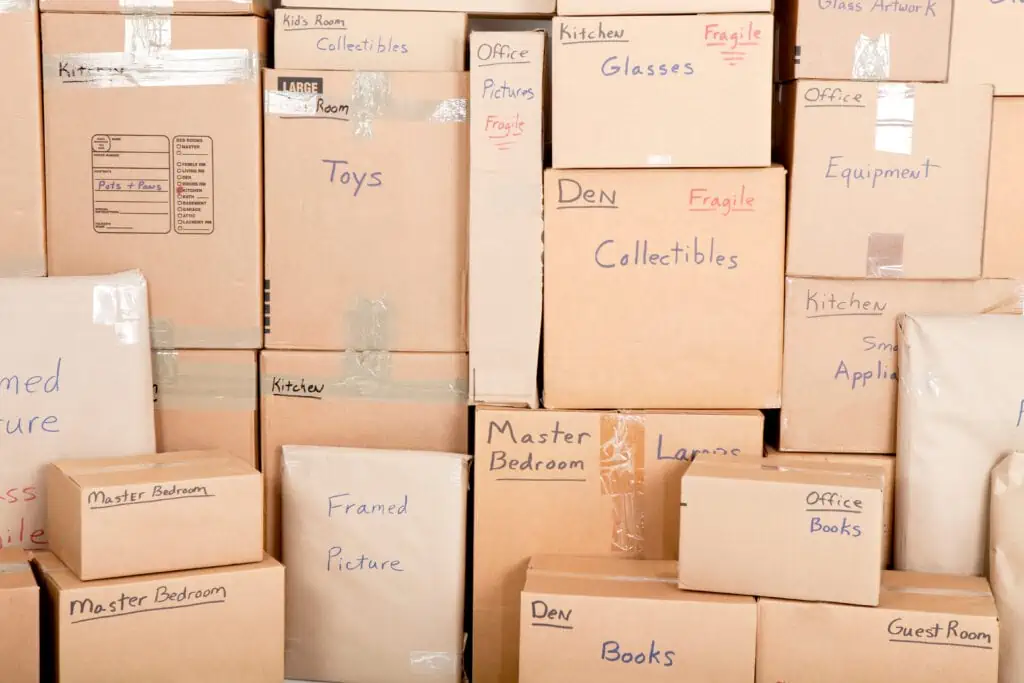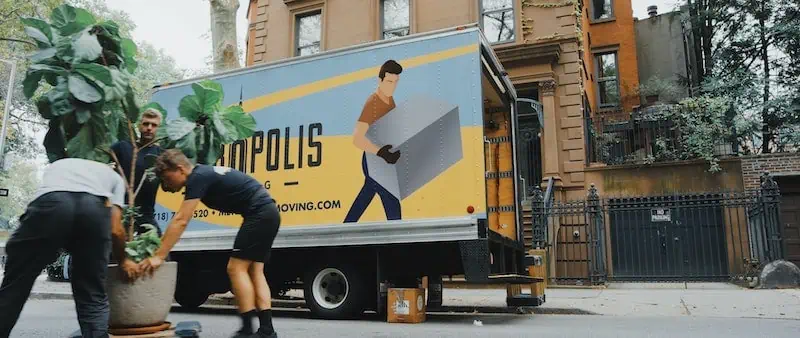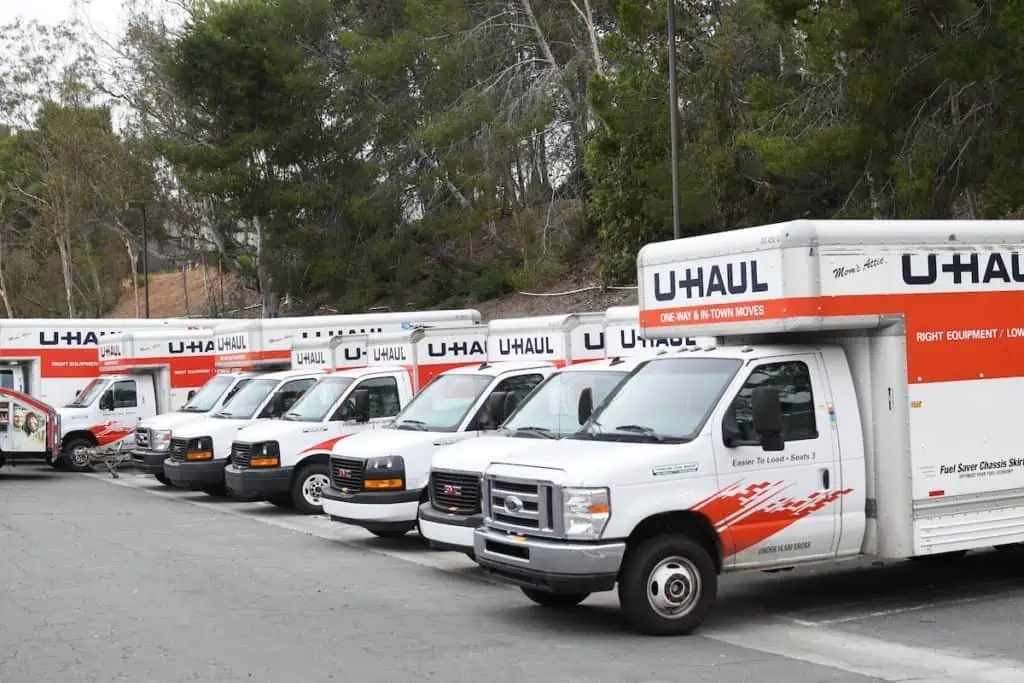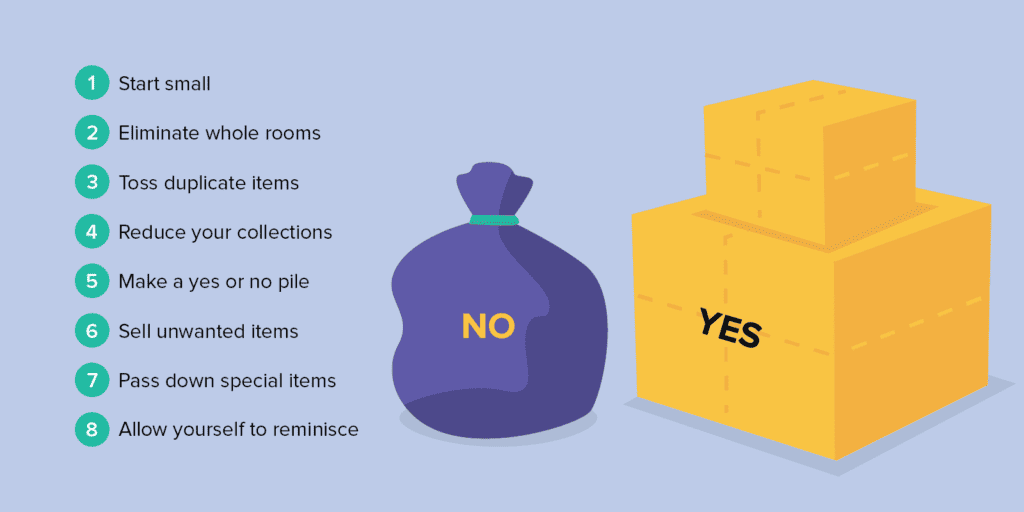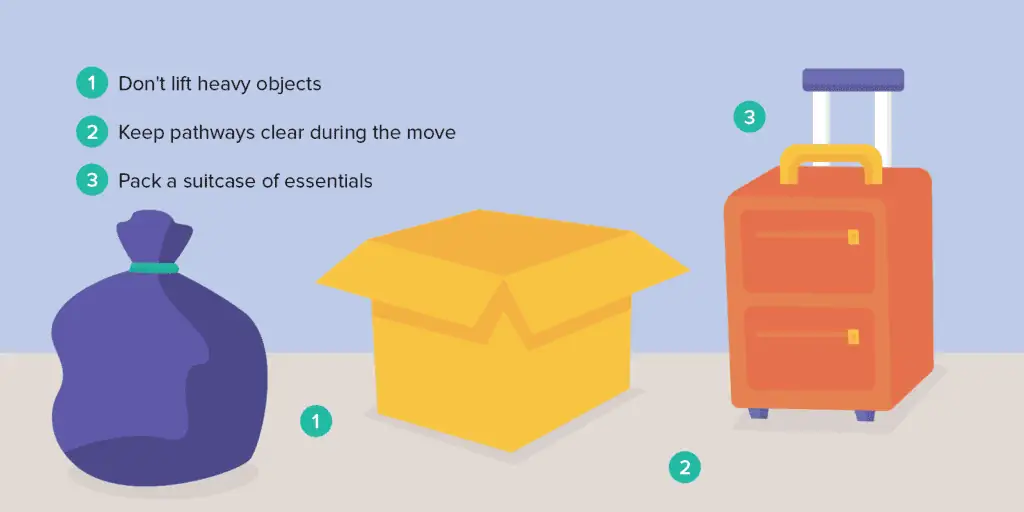House hunting can be quite a process on its own — knowing that your family is about to get bigger makes it more daunting.
If you’re expecting, there are a host of considerations to keep in mind when choosing where to live, and you might not realize what they all are.
Don’t worry: House hunting while expecting doesn’t have to be extra stressful if you’re prepared. Here’s what to prepare for when looking for a place to call home while pregnant.
What To Look for in a New Floor Space
One of the most important places to start is the size of any prospective home. Will it be able to accommodate you and your partner, along with one or more kids?
Having enough space is one thing, but you’ll also want to consider the overall layout of the house. How easily it can be baby-proofed? Are there any design components that could make it more difficult or dangerous to get around?
“Things you use less frequently (seasonal clothing, sports equipment, holiday decorations, etc.) can get packed weeks or months ahead of time.”
Remember, you need to think about whether you should invest in a larger home now, or whether it’s feasible (and within budget) to add on to your home a few years down the road.
With that in mind, here’s a list of questions that need answers.
Where are the bedrooms located in relation to one another?
It’s important to think about where all the bedrooms are in relation to each other. Proximity is key. For example, you may want them all on the same floor (because rushing up and down stairs to attend to a crying baby in the middle of the night is certainly not ideal).
Also, while it’s not always possible to predict exactly what your family will look like in several years, think about how many children you want to have and whether there are enough rooms to accommodate everyone as time goes on. You might get away with having youngsters share a room for a while, but as they grow into their teens, they’ll probably want more space and privacy. Could that office space or TV room be transformed into another bedroom at some point?
Is there more than one bathroom?
You may be able to get by with a single bathroom now, but what about when your child hits school age? Do you really want to be fighting for space while rushing to get everyone out the door?
Today, it costs between $5,000 and $35,000 — or about $15,000, on average — to add a bathroom to your home, according to HomeAdvisor.
Are stairs going to be a factor for you? (Probably.)
Parents who are city dwellers know how difficult it can be if you live on the third floor of a walk-up building. And after pregnancy, bringing a stroller, a baby, and groceries up and down three flights of stairs is still quite the trek! Even if you have a standalone home, you may not want to worry about babyproofing a staircase or lugging laundry up and down stairs.
If there’s no getting around the stair situation, you could look into installing handrails and treads for safety, or a dumbwaiter to cut down on climbing stairs with your arms full.
Is there an open floor plan?
These days, open floor plans are popular. This type of layout is not only aesthetically pleasing, but it also allows you to keep an eye on what’s going on in other rooms. For example, whichever parent is preparing dinner can keep an eye on the kids as they play in the living room with an open kitchen layout.
However, an open floor plan isn’t for everyone. You may prefer a big eat-in kitchen with a table where kids can play on their tablets or finish their homework before dinner. So make sure whatever layout you choose is one that works well for you and your kid’s safety.
Where are you gonna store extra stuff?
Kids come with a lot of stuff! With strollers, clothing, toys, and sports equipment … is there storage space for all of these things in your potential home? Even if you don’t plan on having a huge family, it’s always great to have extra rooms for overflowing toys, pets, and guests. And ideally, parents may want their own “cave” for a little me time.
Don’t forget the laundry room
Finally, make sure you have an area dedicated to washing and folding laundry with enough space and storage to make the process as easy on your family as possible. Having kids means there are always piles of dirty clothes to deal with. And that doesn’t change as they get older — the clothes just get bigger. So look for a home that can accommodate a washer and dryer, and a dedicated room to contain it all.
Safety Concerns
Even if there weren’t any kids to consider, safety is a priority when house hunting. Add kids to the mix and you become that much more aware of potential safety hazards.
Is this home near a busy street?
A busy street can be a potential deterrent for a number of factors. First, it may be pretty noisy. The sounds of honking horns and sirens going by aren’t ideal for sleeping babies or tired parents. Plus, you don’t want your kids playing near areas with a lot of traffic for obvious safety reasons.
“Remember, you need to think about whether you should invest in a larger home now, or whether it’s feasible (and within budget) to add on to your home a few years down the road.”
To check out the traffic situation near a property you’re considering, look up the area on Google Maps. You can see if there are any highways or major thoroughfares nearby, as well as see what general traffic conditions are like. Nearby construction projects may also cause more traffic to divert down your street, so keep that in mind too.
What about a fence?
A home with a yard is ideal for a growing family, but also you want to make sure that yard is contained. Make sure there is a fence around the perimeter as an added safety measure to keep kids or pets from wandering too far.
If there isn’t a fence, budget for the cost of adding one when checking out potential properties. The average cost of a fence installation ranges from $1,667 to $4,075, with a national average of $2,839, according to bobvila.com. The good news is a fenced yard adds curb appeal and may positively impact the value of your home.
How can you tell the neighborhood is safe?
When house hunting, you’ll want to get a sense of how safe the neighborhood is in general. If kids are out riding their bikes and playing in the streets, it may be a good sign that your future kiddos can hang with their neighbors without worry.
Of course, there’s no such thing as a 100% safe neighborhood, and parents must always be vigilant and observant. To get a feel for the crime rate, check out your desired city on AreaVibes, which offers crime maps and other useful tools. You can also sign up for the Nextdoor app, which allows local residents to update each other on happenings and potential concerns in the neighborhood.
See prices for local moving labor. Read real customer reviews. Easily book your help online.
How far are you from your personal doctor or an urgent care/hospital location?
As an expecting mother, you want to ensure you have easy access to healthcare providers. Not only will there be frequent trips to your doctor for checkups, but at some point, the Big Moment will arrive. Not to mention that once the baby is here, there will be plenty more visits to ensure they are growing up strong and healthy.
How will inclement weather affect you?
In addition to road access and traffic conditions, think about how the local climate might impact your ability to get around, stay safe, and save money.
For example, if you choose a property that resides in a flood zone, you’ll need to have a contingency plan for relocating to safety if flooding does occur. These areas also require special flood insurance, which needs to be accounted for in your housing budget.
“Today, it costs between $5,000 and $35,000 — or about $15,000, on average — to add a bathroom to your home, according to HomeAdvisor”
If it snows heavily in the winter, think about whether you’ll be on a street where snow plows run regularly, or you’ll need to shovel/plow your own property in order to get in and out.
Walkability and Neighborhoods
Location, location, location. It’s always the number one factor when buying a home of any kind. But throw a kid or two into the mix and where you live is more important than the view. Walkability is important when you have kids, so check how easy it is to walk to school, playgrounds, nearby shops, and restaurants.
What’s the school district like?
Take into account the school district boundaries when deciding whether to purchase a home, since this translates into the kind of school your kids could get into. One good place to start is GreatSchools.org, which helps parents evaluate the schools in their area based on factors ranging from test scores to equity for all students. You can use the search filters to search by grade level, rating, and more.
How long does it take to get to school or childcare?
Your kid might be far from their first words, but this is a crucial variable to think about when searching for your perfect home. It might not seem like a big deal when you’ve found a beautiful home that you want to buy, but choosing a place that’s 30 minutes or more away from your child’s school or daycare center can get old fast.
Even if it’s close, you’ll want to consider how easy it is to drop them off. Is your child’s school in the complete opposite direction of your office? Is it possible for them to walk or take the bus when they get older? Future you will say thank you for thinking about these things now.
Are there other families in your neighborhood?
When narrowing down locations, it may be beneficial to take a stroll through the neighborhood on a weekend afternoon. Are there young families at the park? Are the kids a lot older? Is the demographic mostly older people without families?
Do some research to get a feel for the demographics of the neighborhood to see if your future family will fit right in. City-data.com is a good place to get general stats about population density, diversity, etc. And again, the Nextdoor app is a great resource for connecting with neighbors and finding out what events and activities are happening.
See prices for local moving labor. Read real customer reviews. Easily book your help online.
Where’s the closest park/library/swimming pool?
Kids also need stuff to do on their weekends and holidays (and you need a break from entertaining them every now and then), so look into local recreation opportunities. Are there any sports programs, a community pool, and/or a good local library? Nobody wants to have to make a field trip out of every excursion, so be sure there’s stuff to do nearby.
Tips for Moving While Pregnant
Once you’ve finally found your family’s dream home, it’s time to get moving. Read on for safety precautions and tips to make moving while pregnant easier and safer.
Speak to your physician about the specific precautions you need to take
Before getting too deep into the moving process, consult your healthcare provider to ensure that moving is safe for you and your baby, and to discuss any necessary precautions. In general, try to keep the following in mind to stay safe and healthy while moving:
- Try not to carry any heavy stuff: Now is not the time to be a hero — you’re already growing a human! Rely on others to do the heavy lifting and focus your efforts on organizing, cleaning, directing, etc.
- Avoid the stairs: As we mentioned earlier, you should limit your trips up and down the stairs, especially as you get fatigued throughout the day. It’s not worth risking a fall.
- Take breaks and stay hydrated: Listen to your body and take frequent breaks to rest, stretch, and drink some water.
- Maintain a healthy routine: Continue to eat well, exercise (as recommended by your healthcare provider), and get enough sleep to ensure you and your baby remain healthy during this time.
Plan the packing process and get help with moving
Start the packing process way before moving day. And don’t do it all yourself! Get someone to pack your belongings, especially the heavy or hard-to-reach items.
- Declutter: Now is a great time to make room for a new family member and start fresh in your new home. Work on going through all of your stuff and deciding what you do and don’t want to keep. Remember: Unwanted items in good condition can be donated.
- Pack gradually: Spread out the packing process over several weeks to avoid fatigue and stress. Things you use less frequently (seasonal clothing, sports equipment, holiday decorations, etc.) can get packed weeks or months ahead of time.
- Delegate tasks: Don’t hesitate to ask for help from friends and family. Avoid heavy lifting and strenuous activities that may put a strain on your body, and delegate those to others instead.
- Prioritize comfort: Make sure to pack a box or suitcase with essentials such as comfortable clothing, toiletries, and medications to have easy access during the move.
Choose the right moving company: If you opt for professional movers, research and choose a reputable company that you can trust to do the hard work of lifting and carrying heavy stuff for you.



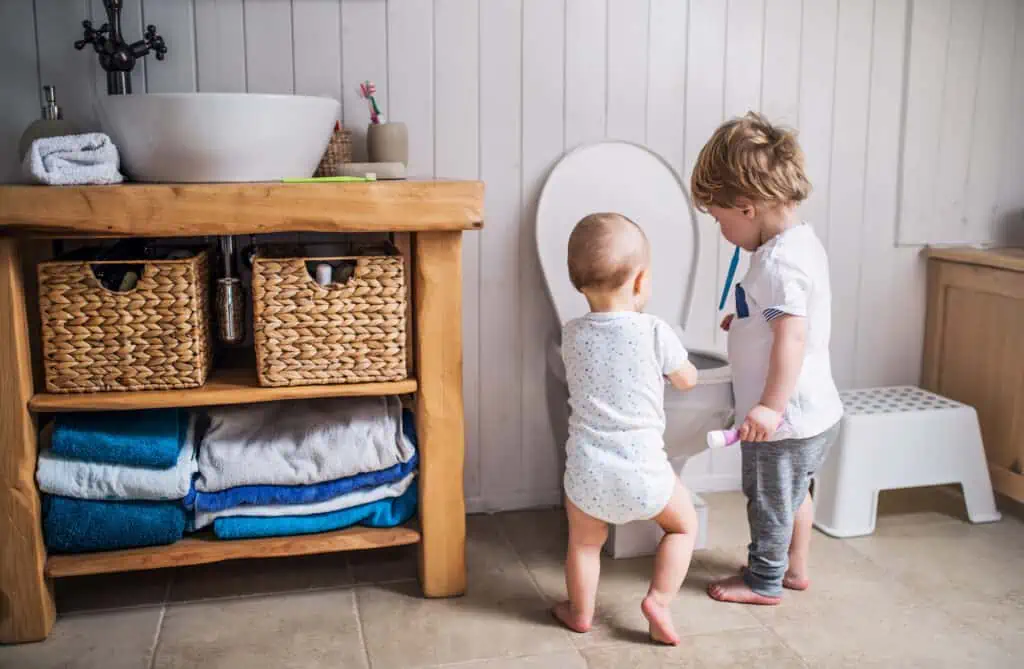
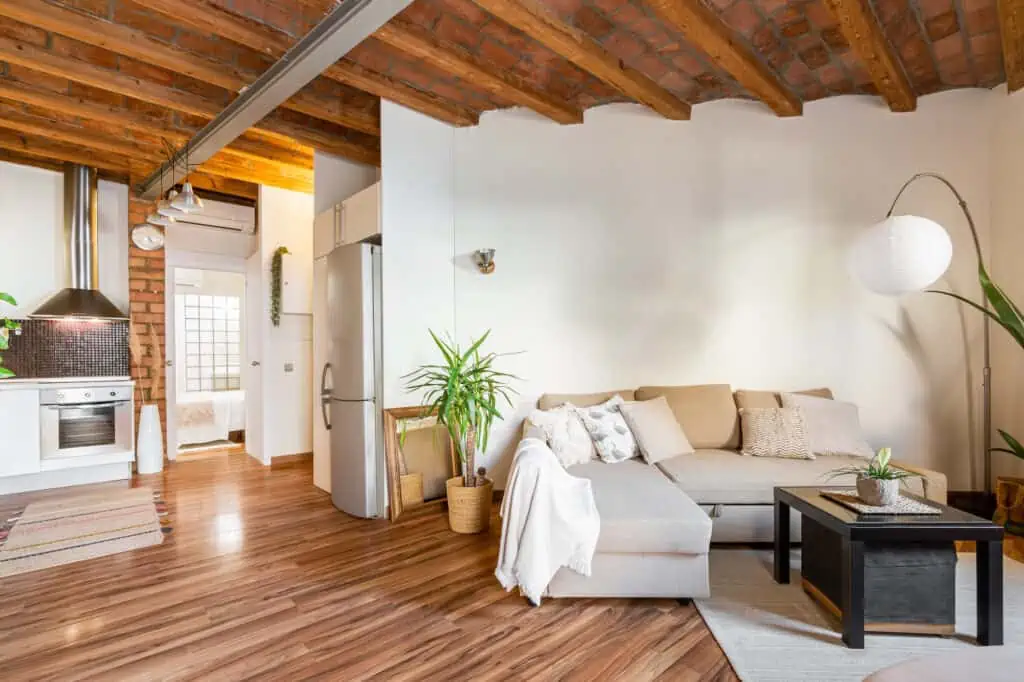
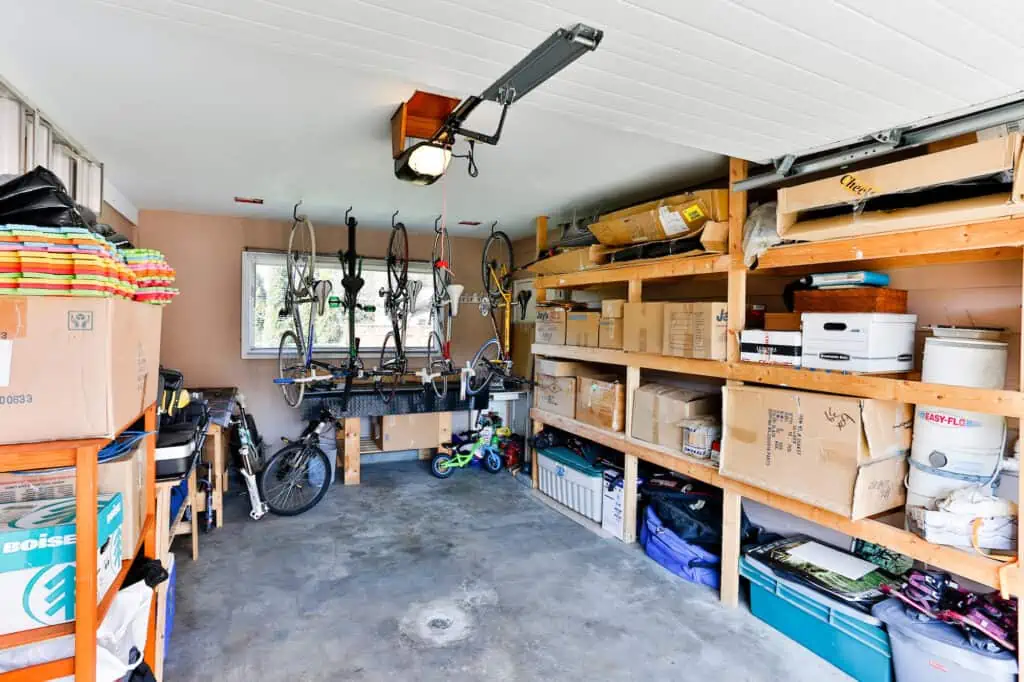










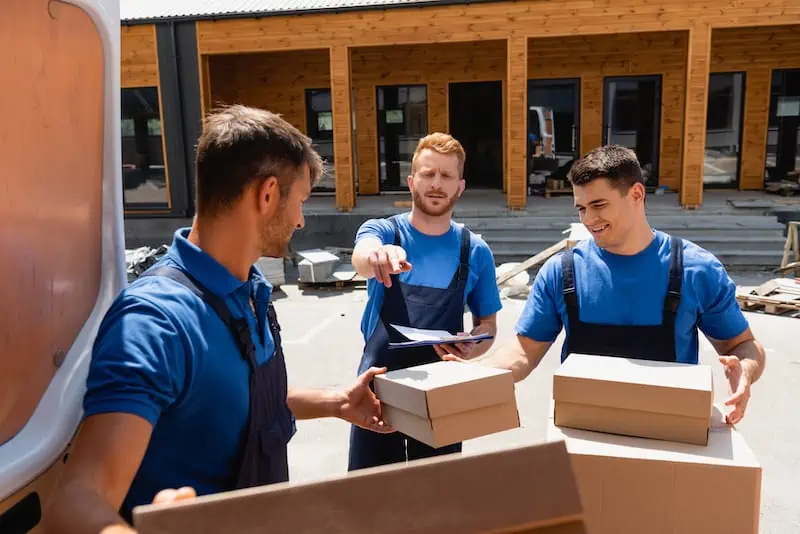

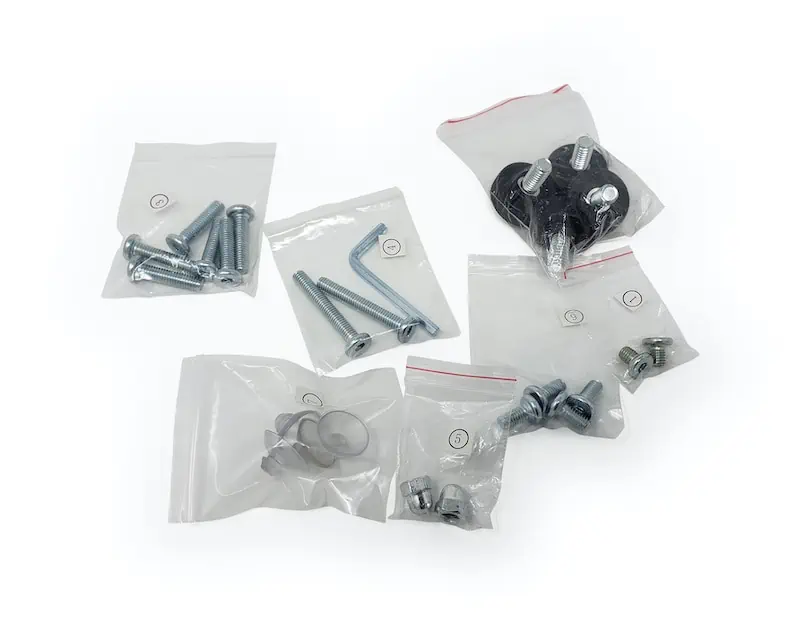

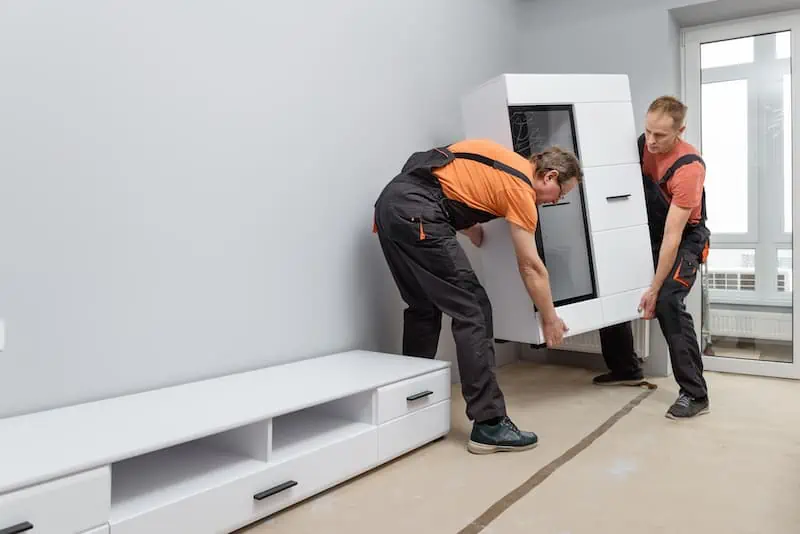
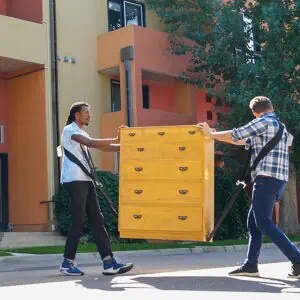
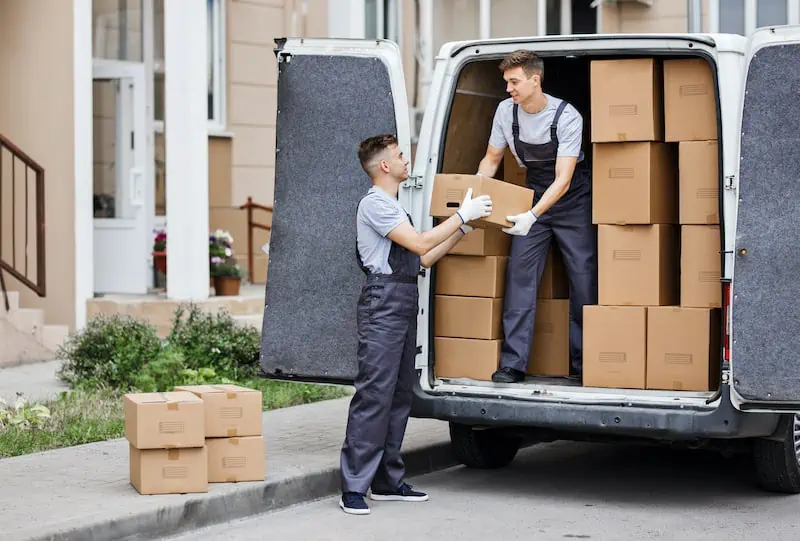
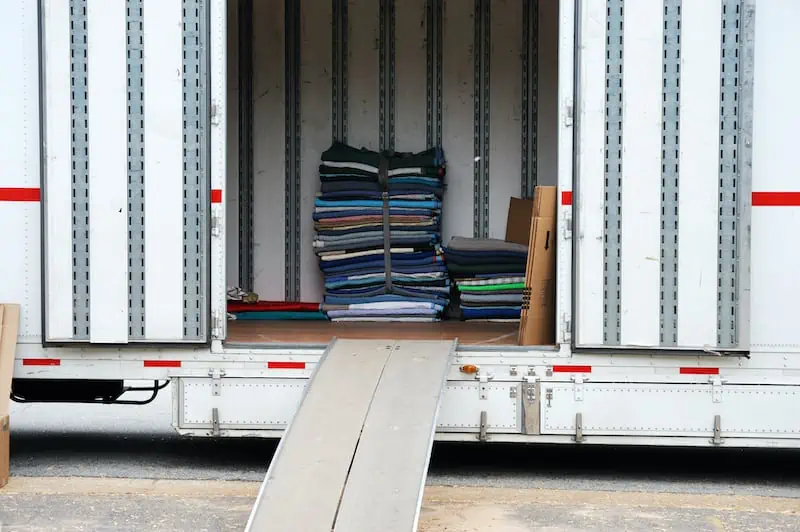






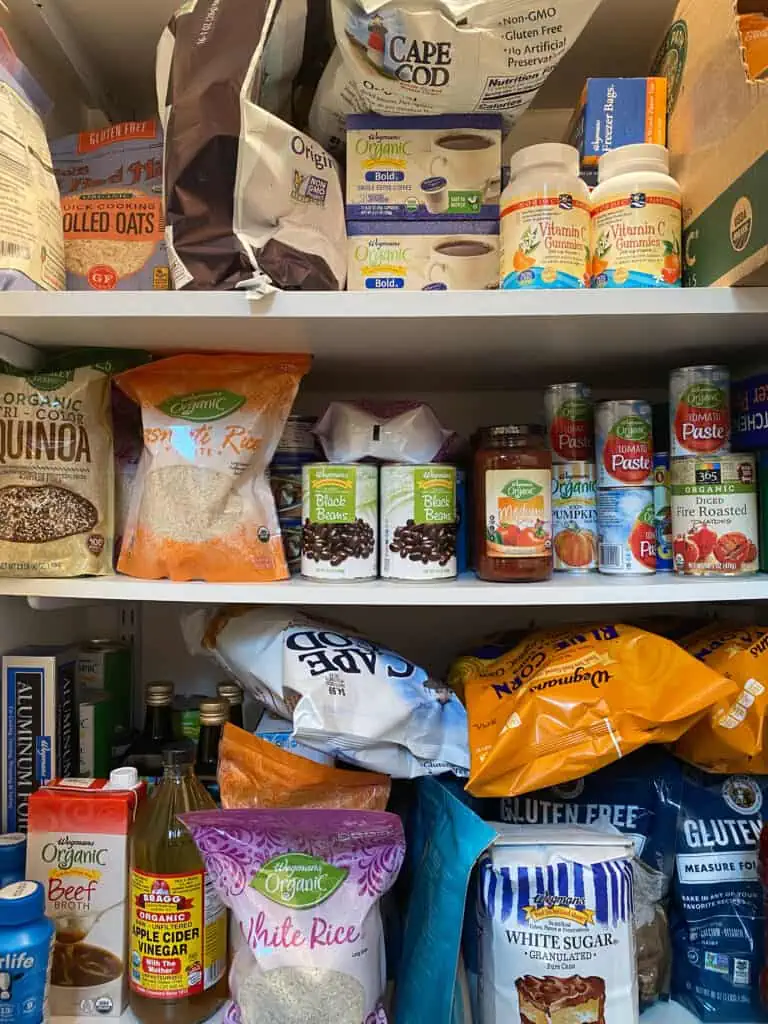 For nonperishable goods, there are dry goods, such as pasta, rice, cereal, and couscous, and canned foods, such as vegetables or sauces. All nonperishables often wind up costing more to ship or haul than to buy them in the first place. Even with the current bout of inflation, it might not be worth it to pack up and transport all that Chef Boyardee.
For nonperishable goods, there are dry goods, such as pasta, rice, cereal, and couscous, and canned foods, such as vegetables or sauces. All nonperishables often wind up costing more to ship or haul than to buy them in the first place. Even with the current bout of inflation, it might not be worth it to pack up and transport all that Chef Boyardee.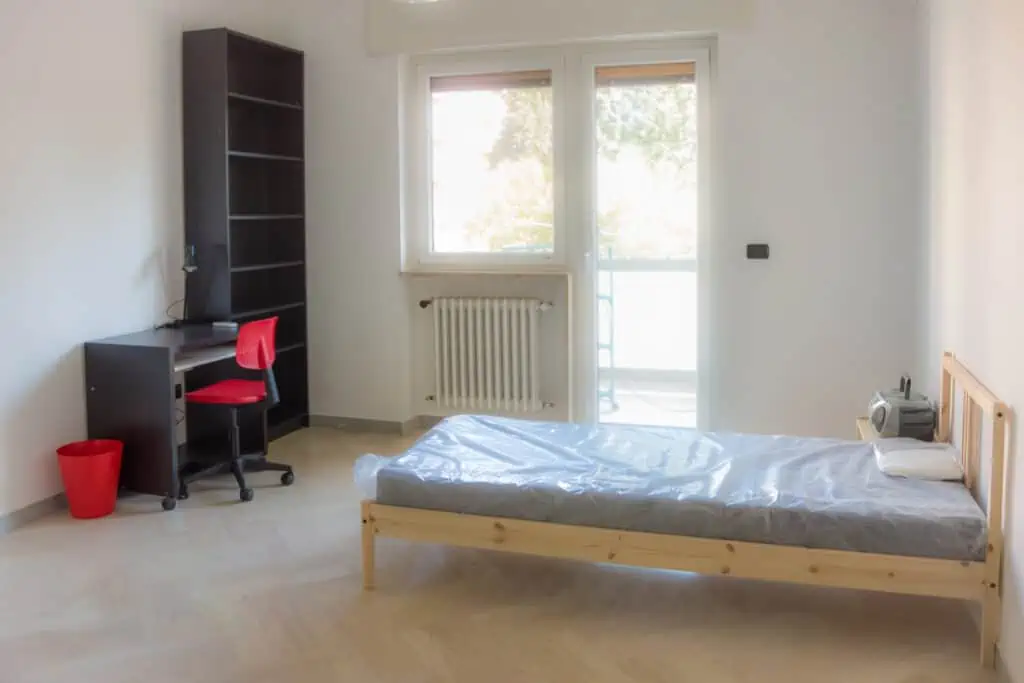
 A great alternative is to hunt down secondhand stuff that is still in good shape.
A great alternative is to hunt down secondhand stuff that is still in good shape. 

